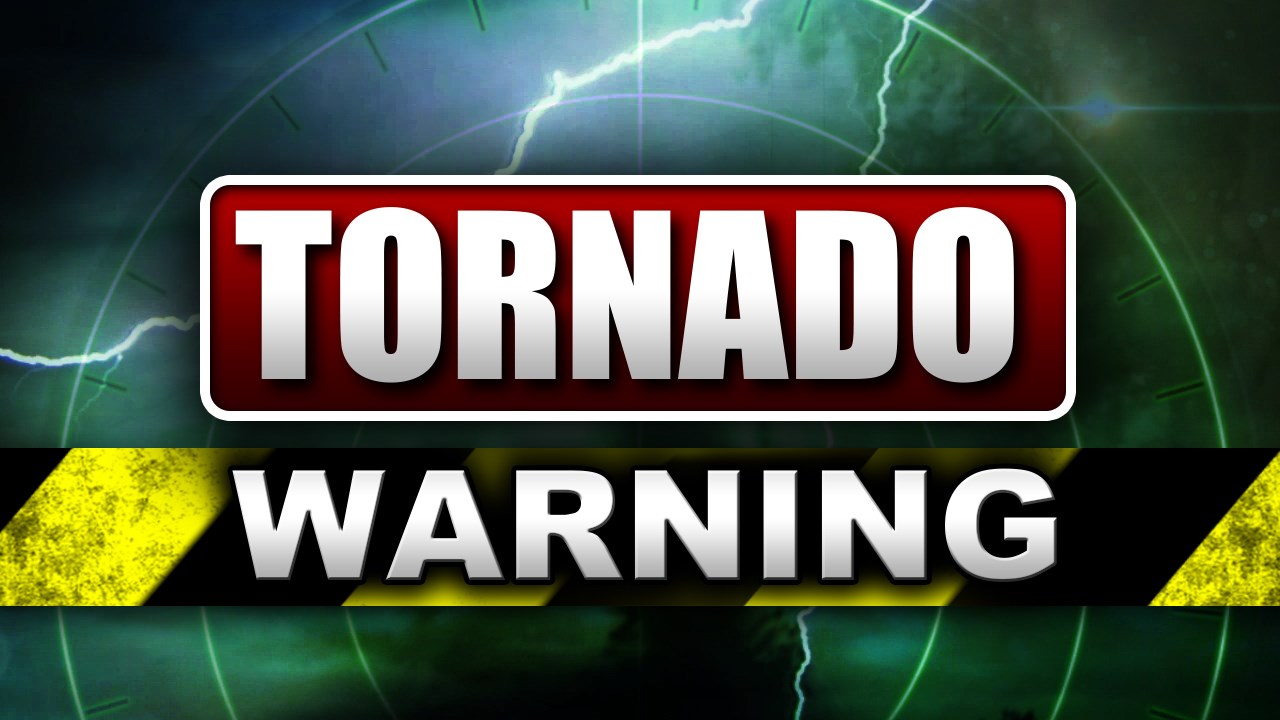Tornado Warning Characteristics
Tornadoes, violent and destructive storms, are characterized by their unique visual appearance, distinct sound, and specific weather conditions. These storms often bring with them strong winds, heavy rainfall, and hail. It’s crucial to understand the characteristics of a tornado warning and the actions to take when one is issued.
Visual Appearance
Tornadoes are typically visible as funnel-shaped clouds extending from the base of a thunderstorm cloud towards the ground. They can range in color from white to gray or even black, depending on the amount of debris they have picked up. The funnel cloud may appear to rotate or twist as it moves, often accompanied by a loud, roaring sound.
Sound
The sound of a tornado is often described as a freight train or a jet engine. It is a continuous, low-pitched rumbling that can be heard from a distance. The sound is caused by the high-speed winds swirling within the tornado.
Weather Conditions
Tornadoes are typically associated with severe thunderstorms. The weather conditions leading up to a tornado warning often include dark, ominous clouds, heavy rainfall, and frequent lightning. The atmosphere may feel oppressive and humid, with a drop in temperature and a sudden shift in wind direction.
Tornado Watch vs. Tornado Warning
It’s essential to differentiate between a tornado watch and a tornado warning. A tornado watch indicates that conditions are favorable for tornadoes to develop, while a tornado warning means that a tornado has been spotted or detected by radar and is imminent or already occurring.
Importance of Taking Shelter
Upon hearing a tornado warning, it’s crucial to seek shelter immediately. The best shelter is a sturdy building with a basement or an interior room on the lowest floor. If you are outdoors, lie flat in a ditch or other low-lying area and cover your head with your hands.
Tornado Safety Measures: Tornado Warning

Tornado warning – Staying safe during a tornado is paramount. Preparedness and swift action can make a life-saving difference. This section provides comprehensive guidance on tornado safety, including shelter-seeking strategies, outdoor precautions, and property protection.
Having an emergency plan in place is crucial. Determine designated safe areas in your home, such as interior rooms on the lowest floor or a storm cellar. Establish a communication plan with family members, outlining meeting points and contact procedures.
Shelter-Seeking Strategies
- Seek immediate shelter in a sturdy building with a basement or storm cellar.
- If in a multi-story building, descend to the lowest floor and find an interior room, such as a bathroom or closet.
- Stay away from windows, doors, and exterior walls, as they are most vulnerable to debris impact.
- Cover yourself with blankets or pillows for protection from flying debris.
Outdoor Precautions
- If caught outdoors, lie flat in a ditch or low-lying area and cover your head with your hands.
- Avoid tall trees, power lines, and other potential hazards.
- If driving, pull over to the side of the road and stay in your vehicle. Close windows and doors, and cover your head with a blanket or jacket.
Property Protection
- Install storm shutters or reinforce windows with plywood or hurricane-resistant film.
- Secure loose outdoor items, such as furniture and grills, or bring them indoors.
- Trim trees and remove any dead branches that could become projectiles.
- Consider installing a tornado shelter in your yard for added protection.
Tornado Warning Systems

In the face of impending tornadoes, timely and accurate warning systems are crucial for safeguarding lives and property. A range of technologies have been developed to provide tornado warnings, each with its advantages and limitations.
Sirens
Tornado sirens, often found in communities prone to these storms, emit a distinctive wailing sound to alert residents of an approaching tornado. While sirens can cover a wide area, their effectiveness depends on factors such as wind direction and terrain.
Weather Radios
Weather radios are dedicated receivers that continuously monitor National Weather Service broadcasts. When a tornado warning is issued, these radios emit an alarm and provide detailed information about the warning, including the affected area and expected path.
Mobile Phone Alerts
With the widespread adoption of smartphones, mobile phone alerts have become an increasingly important means of disseminating tornado warnings. These alerts are typically sent through text messages or push notifications and provide real-time updates on tornado threats.
Importance of Staying Informed
Staying informed about tornado risks and knowing what to do when a warning is issued is paramount. Regularly check weather forecasts, especially during tornado season, and sign up for weather alerts on multiple platforms to ensure you receive timely notifications. Understanding the different types of tornado warning systems and how to receive warnings will empower you to take appropriate action and stay safe in the face of these dangerous storms.
When the tornado sirens wail, the urgency to seek shelter is paramount. However, with the advent of live weather radar , we now have an invaluable tool at our disposal. This technology allows us to track the path of tornadoes in real-time, providing crucial information that can help us stay one step ahead of these devastating storms.
The tornado warning blared, urging us to seek shelter. I glanced at my phone, where the hurricane beryl tracker live showed the storm’s path ominously close to our area. The tornado warning intensified, reminding us of the impending danger. We huddled together, waiting for the storm to pass, our hearts pounding in unison.